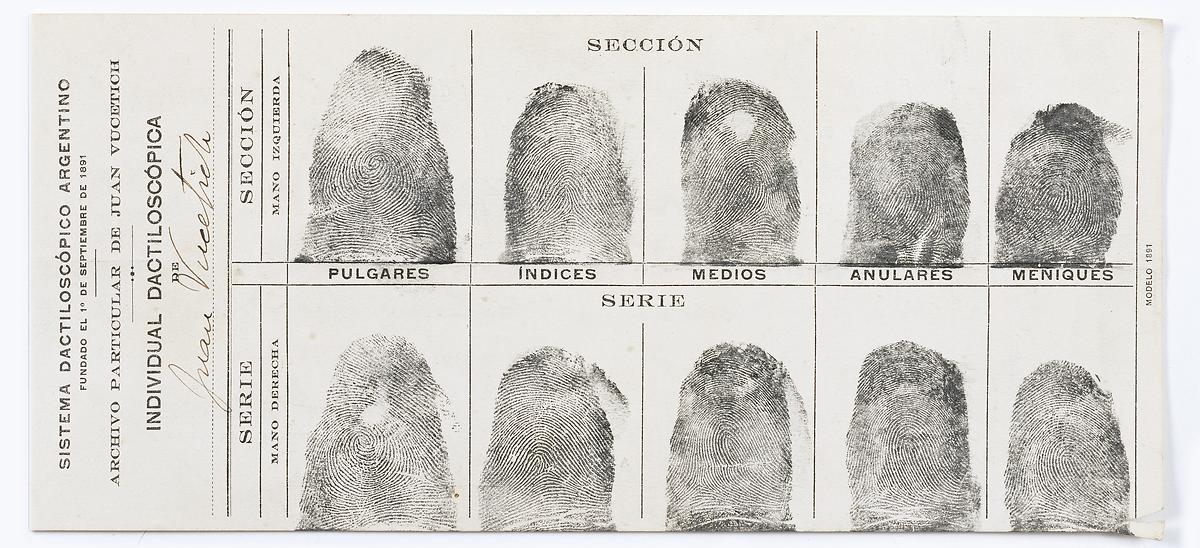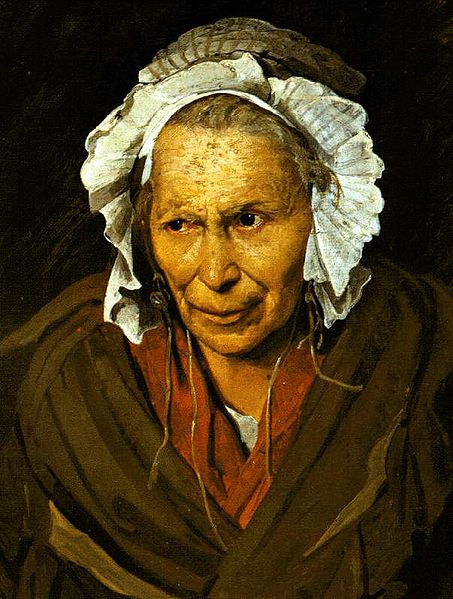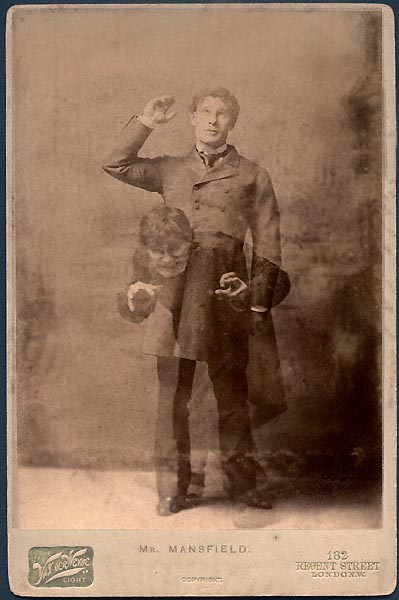
Notes for Discussion of Jekyll and Hyde (1886)
1. Bodies (again)
Bodies again! Think about connections between the Body Issues we talked about with Frankenstein (dissection, anatomy, phrenology, physiognomy) and some stuff that's going on with bodies in Jekyll and Hyde. From Shelley's time to Stevenson's, there has been a huge rise in the fascination with (and number of people doing "research" in) the measurement, documentation, and collection of data regarding bodies, in particular, criminal bodies.
Alphonse Bertillon (1853 - 1914) -- police use of physical measurements, photographs, and record-keeping (Paris)
Juan Vucetich (1858–1925) -- police use of fingerprinting (Argentina)

above from the exhibit "Visible Proofs: Forensic Views of the Body" from the National Library of Medicine.
Cesare Lombroso (1835 - 1909) was part of the Italian School of Positive Criminality, and believed that criminals are different (physically) from non-criminals. He believed criminals were literally born as such; they were examples of evolutionary throw-backs, and he often claimed they were "ape-like." (Sound like anyone in our novels?) His work, "The Criminal Man" [link to images on Flickr] is fairly important in the history of criminology, but also seriously, seriously flawed. You might be interested in the (rather ghoulish) Lombroso Museum, which includes Lombroso's own head, preserved in a jar. I'm not kidding.
Francis Galton (1822 - 1911) -- fingerprinting
2. Arts & Sciences: Popular Criminology
We might also consider the way these (and other) sciences and pseudosciences inform, reflect, and otherwise interact with art. We talked a bit last time about literary uses of phrenology (authors use phrenological types to mark characters in certain ways) and criminology (Bram Stoker likely used Cesar Lombroso's "Criminal Man" as a model for his Count Dracula). Literature (and other arts) are intriguingly intertwined with these scientific pursuits. Detective fiction has taken off (largely thanks to Edgar Allen Poe) and fiction is exploring (and revealing) many of the secrets of criminals and criminal detection.
Take a look at these paintings by Theodore Gericault (1791 - 1824), a French Romantic painter known for another painting, but who also completed a series of 10 portraits of mental patients done in 1821 - 1824. He was commissioned to do the paintings by psychiatrist Etienne-Jean Georget (1795 - 1828), who worked at the Salpetriere in Paris.

"Insane Woman" -- Géricault (1822) [image from Wikimedia commons]

"Portrait of a Kleptomaniac" -- Géricault (1822) [image from Wikimedia commons]
3. Popular Culture
Of course, we also must address the fact that (much like Frankenstein) Jekyll and Hyde is very much embedded in popular culture these days; this has been the case for quite a long time, with numerous stage and screen adaptations made (well over a hundred).
1895 image "Mr. Mansfield," actor best known for his portrayal of Jekyll and Hyde

http://photographymuseum.org/jekyll.html
One entertainment company set up a few restaurants/bars with Jekyll and Hyde theme (they have all closed as of mid-2012). There are a few smaller operations around, still.
There's also Jekyll & Hyde: The Musical which had several successful runs, most recently in 2013, which apparently featured David Hasselhoff. Don't believe me? Check here:https://www.youtube.com/watch?v=H1Pyjw_ZnD8
Here's a clip of the transformation scene from the 1932 B&W film.
Here's Looney Tunes "Hyde and Hare" from1955, in which Buggs transforms.
Here's "Hyde and Go Tweet" from the1960's, in which Tweety transforms.
There's a solid list of J&H adaptations over at Wikipedia.
What pop culture versions/interpretations/representations have you seen?
Updated April 1, 2016